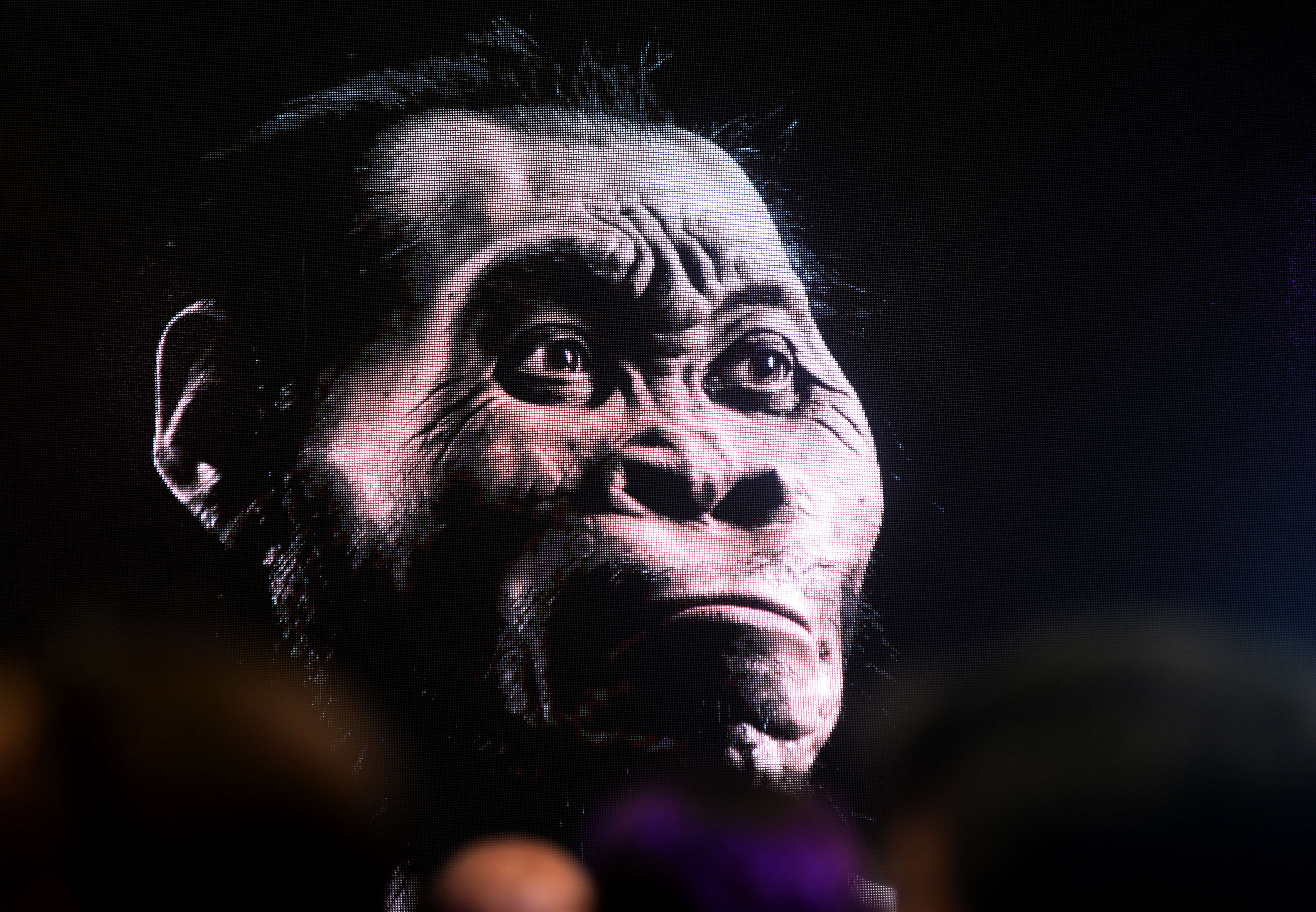Create a free profile to get unlimited access to exclusive videos, sweepstakes, and more!
Is a new human species emerging from an underground cave?

Most of us know by now that if anyone ever thinks "Neanderthal" is an insult, it’s probably true on both ends, because Homo sapiens interbred with Neanderthals. But is another human species hiding somewhere in our past?
Deep in the caves of Johannesburg, South Africa, many ancient human remains have been found. Lee Berger and his research team from the University of the Witwatersrand have found human bones that have survived thousands and thousands of years. They previously unearthed two new hominid species, and might have just stumbled on another one. Some of the many bone fragments scattered in Cave UW 105 stood out. These remains are unlike any from known hominids or modern humans — possibly an altogether different species.
What began the quest to find out the identify of this mysterious human ancestor was a lower jaw fragment with just one tooth hanging on. Because it was initially piled up with bones and rubble from another excavation, it was set aside. Further investigation found between 100 and 150 pieces of ancient human bone. There were pieces of skulls, shoulder blades, teeth, and limb bones from at least four individuals, including an adult and two juveniles, that were out of place among known hominids.
Every time Berger and his team tried to make a connection between a known hominid species and the new bones they dug up, something didn’t fit. The closest they got was a molar found in Gondolin cave (shoutout to all you hardcore Tolkien fans out there who really know The Silmarillion). Even though the teeth looked similar to this molar, which belonged to Paranthropus Robusts, it was still not a match. P. Robustus appeared sometime between 1 and 2 million years ago. Its large, tough teeth had thick enamel and a strong jaw, thought to be ideal for tearing through plants that were otherwise difficult to chew.
What makes this even more complicated is that evolution can take unexpected turns. Ghosts of the past can return during different evolutionary phases. Powerful teeth and jaws as found in P. Robustus are often thought to be a primitive human trait, but define “primitive.” Homo Naledi, one of the two species discovered by Berger and his team, lived around 250,000 years ago, but its skull was not much larger than a chimpanzee’s and looks deceptively more primitive than its age suggests.
“[Homo Naledi’s] humanlike aspects are contrasted in the postcrania with a more primitive or australopith-like trunk, shoulder, pelvis and proximal femur,” Berger said in a study published in eLife after the discovery of this species.
The problem with the teeth of the unknown species goes further than archaeological stereotypes. Both its front and back teeth were large, compared to only the back teeth of P. Robustus, and the bones from the rest of its body were much slimmer. Most hominids with huge teeth also had robust bones to match. However, the other species discovered by Berger, Australopithicus sediba, also had a juxtaposition of features. Some of its teeth resembled those of more primitive species of Australopithicus while others were closer to Homo sapiens. The narrow upper chest of A. sediba also channeled its Australopithicus ancestors while its broader lower chest was a step forward towards becoming human.
The difference in so-called “primitive” and more evolved features could have something to do with how ancient hominids adapted to their environments. Though H. Naledi lived much later than other species with relatively small skulls, this part of its morphology may have given it an advantage where it lived. The same could be said of the teeth of the yet-unknown species that seem to be mismatched to its bones. While these hominids may have needed teeth that could withstand the wear and tear of tough plants and possibly meat, the rest of their environment might have not demanded a bulky body for survival.
Finding out the fossil’s age may reveal something more, so nobody evolve any more until those results are in.














